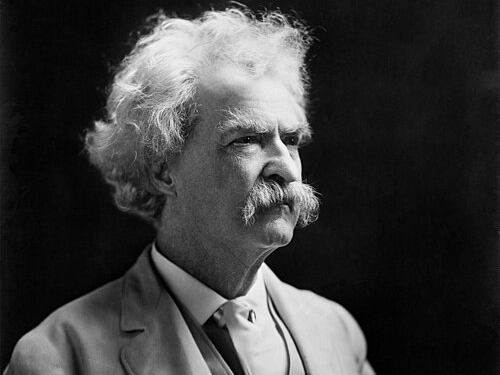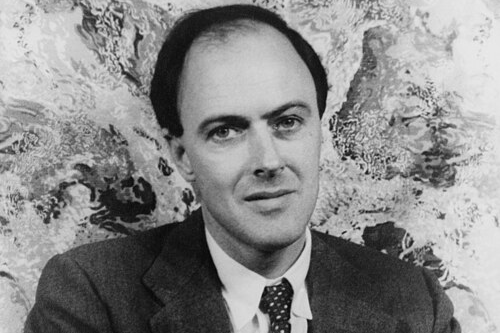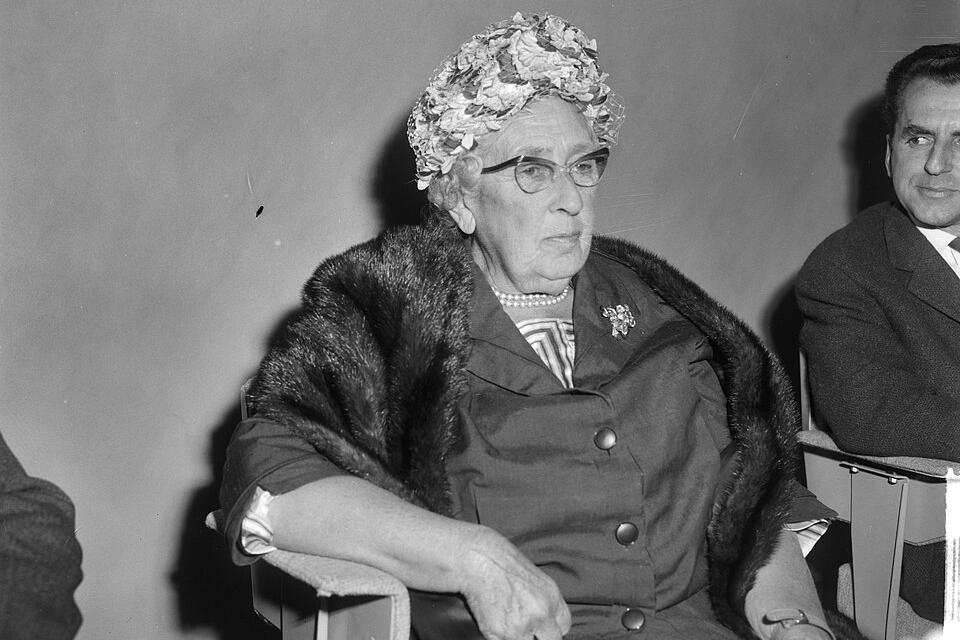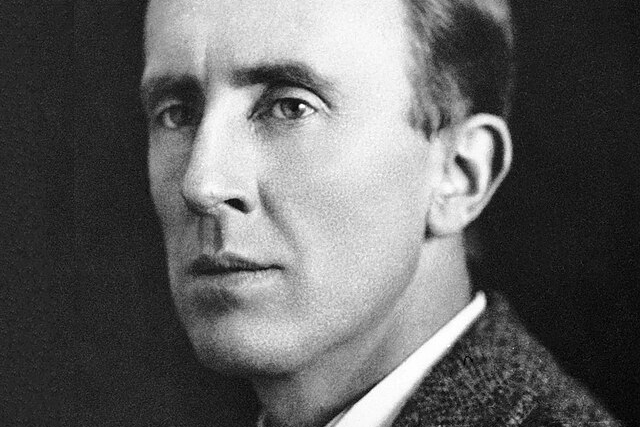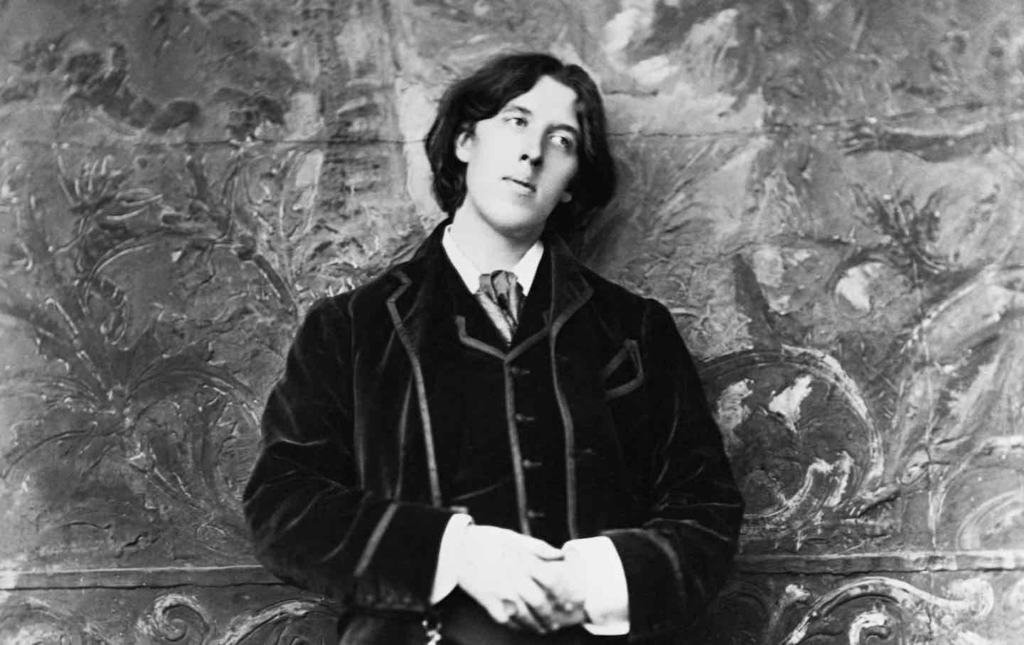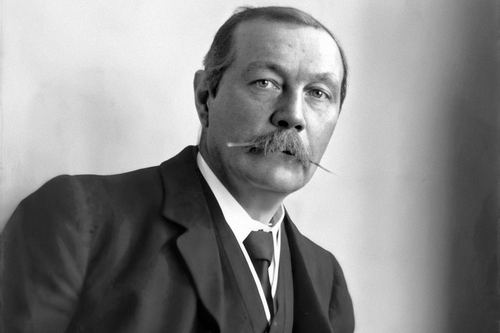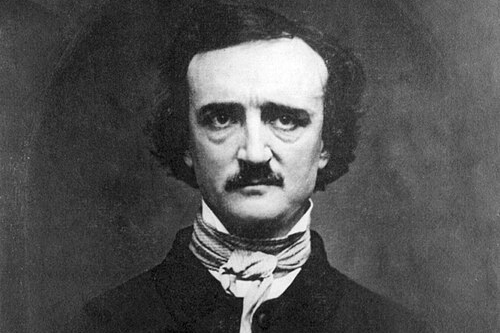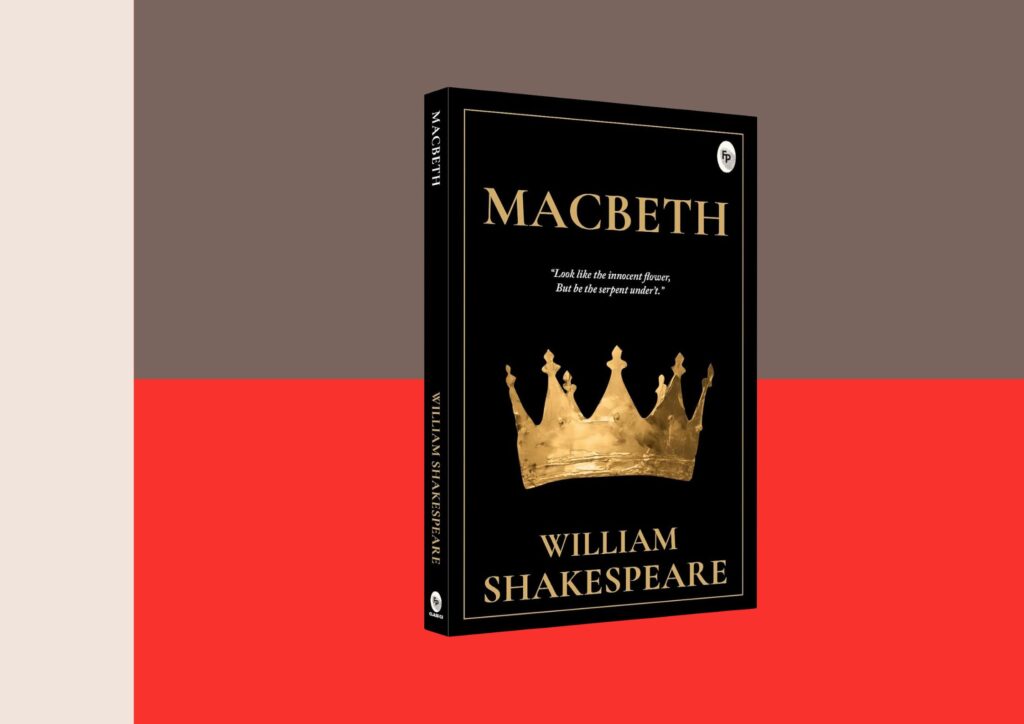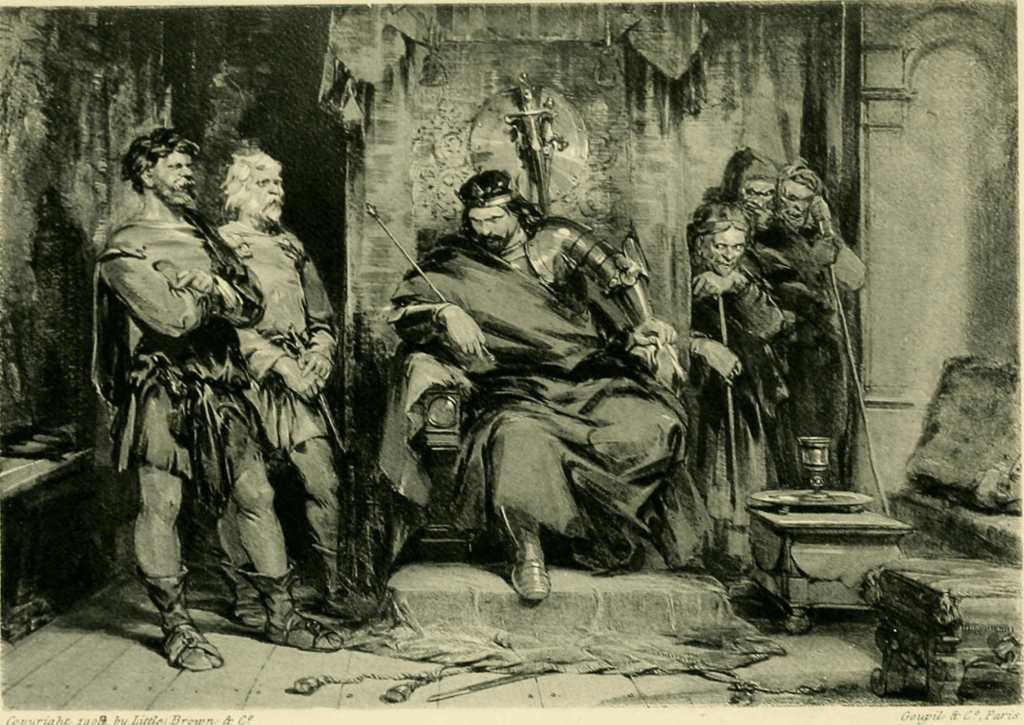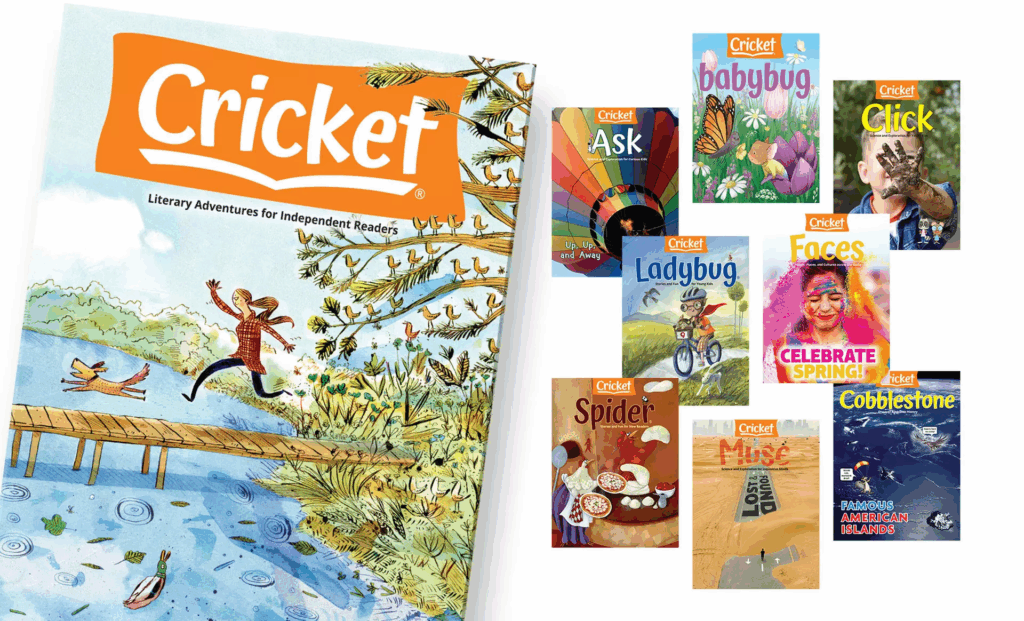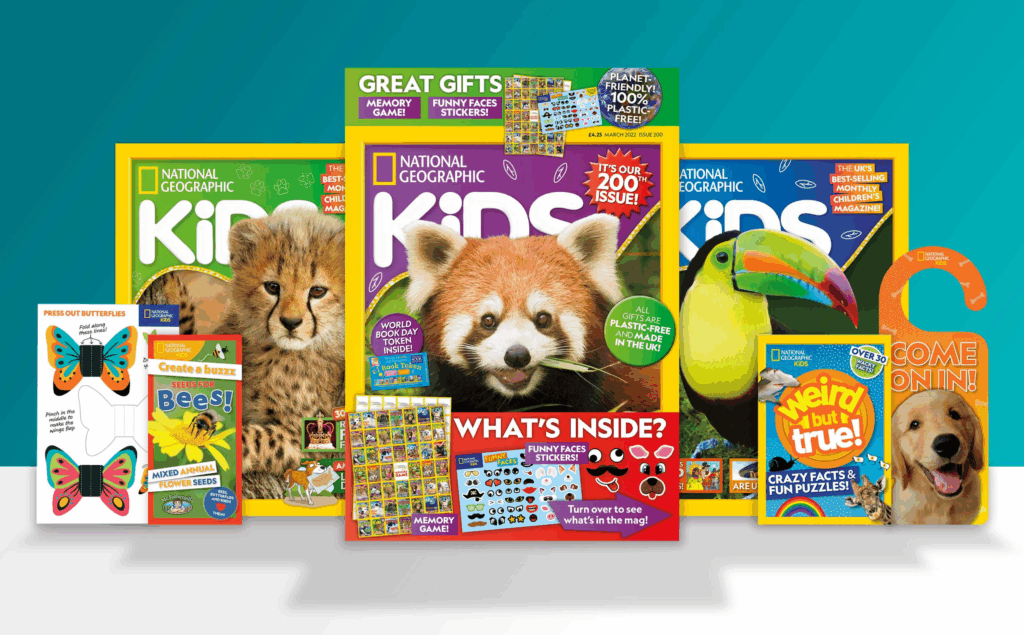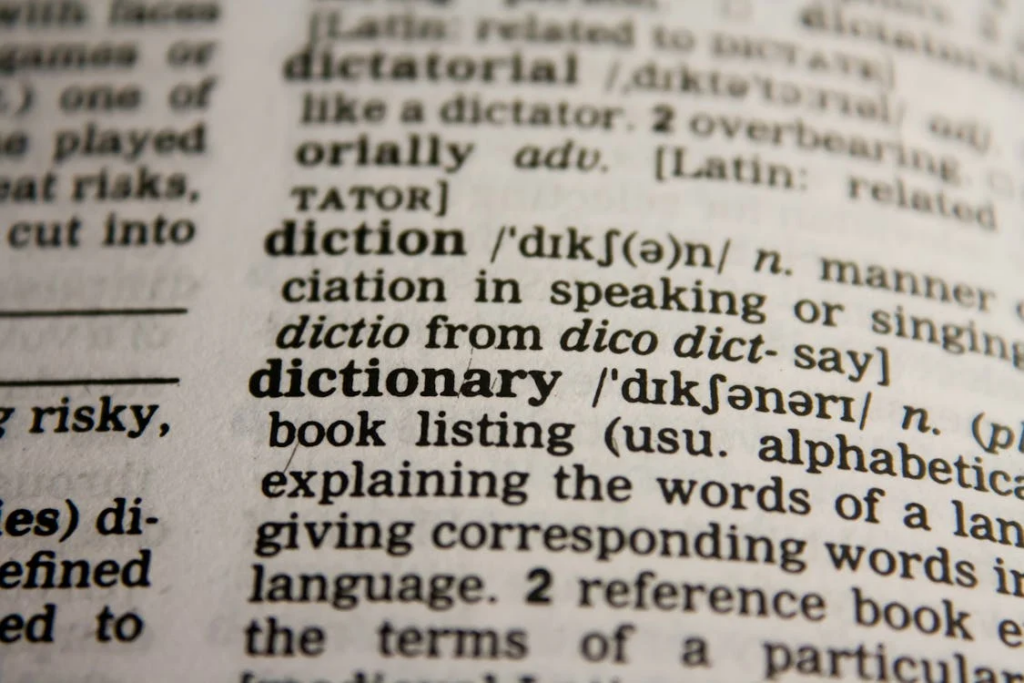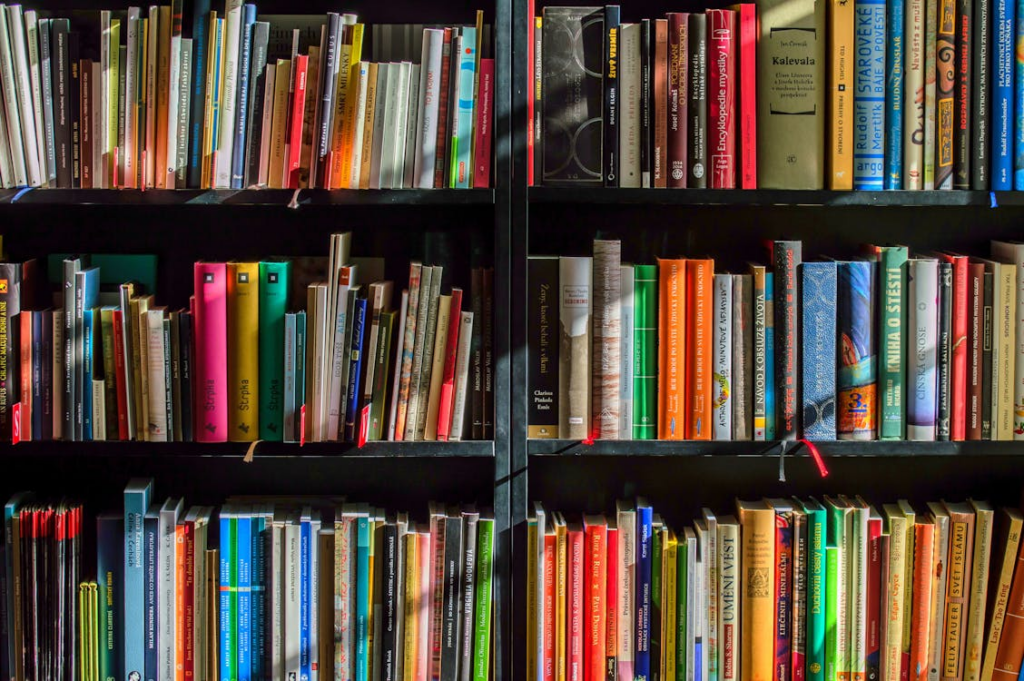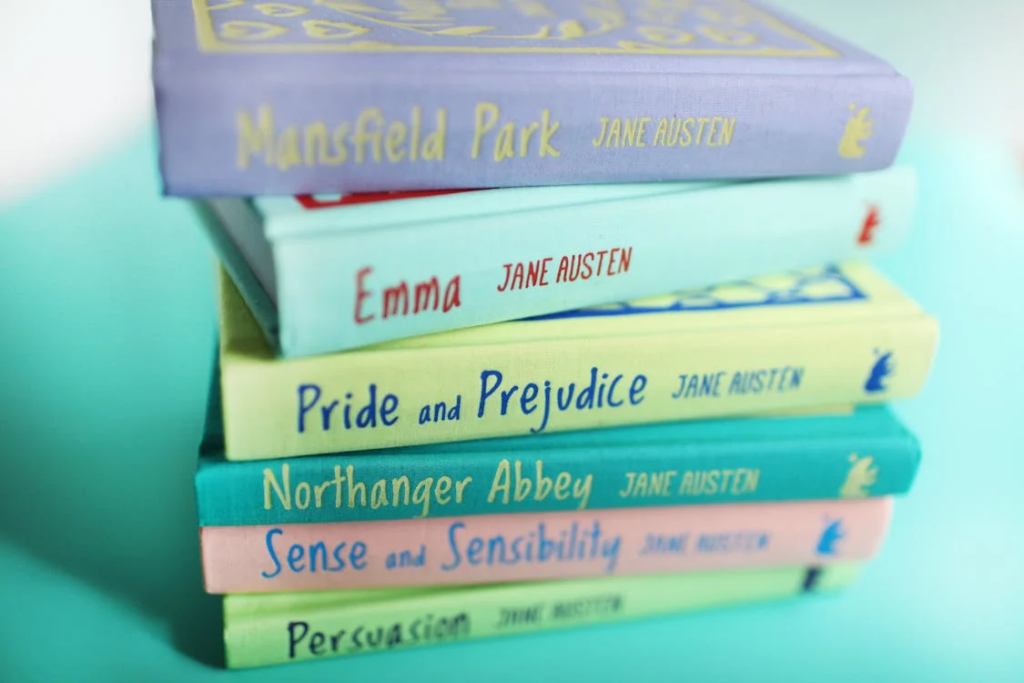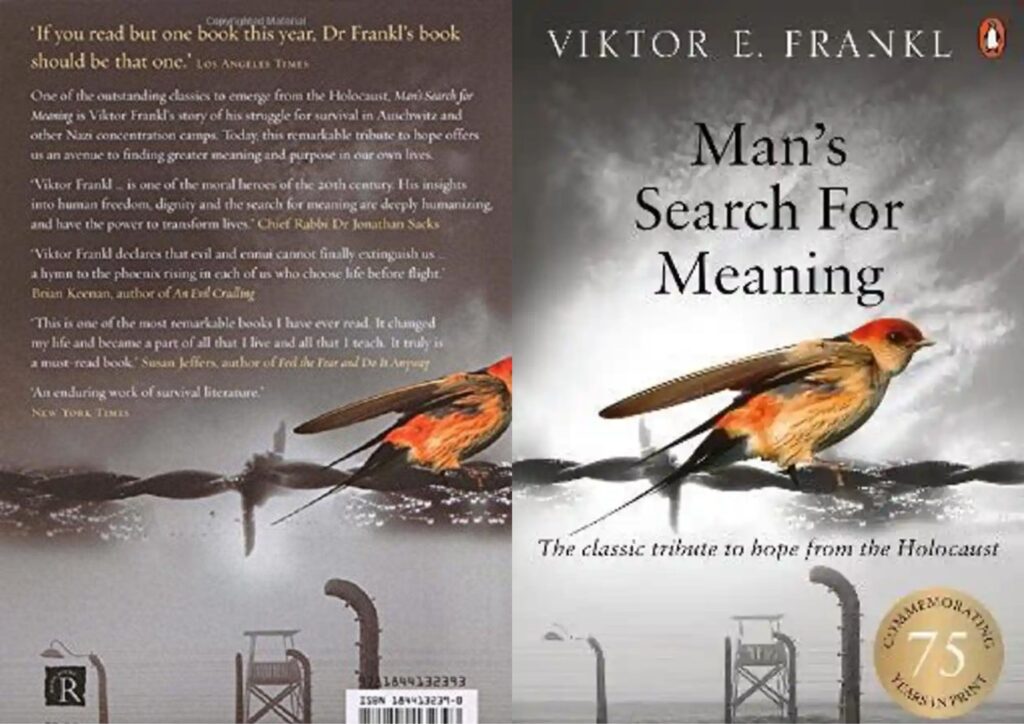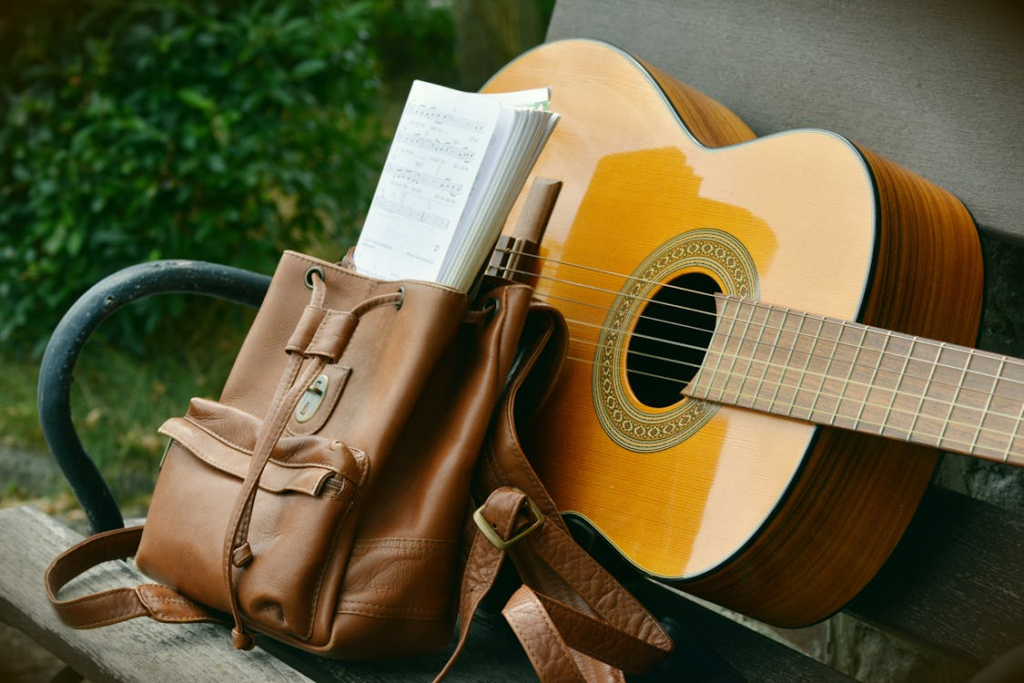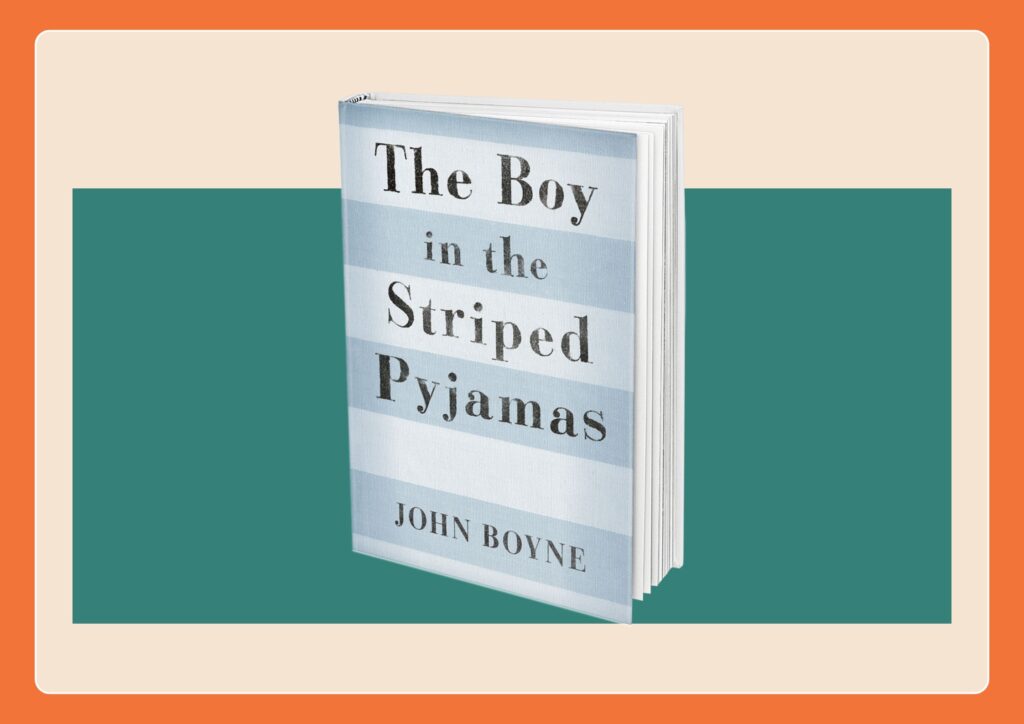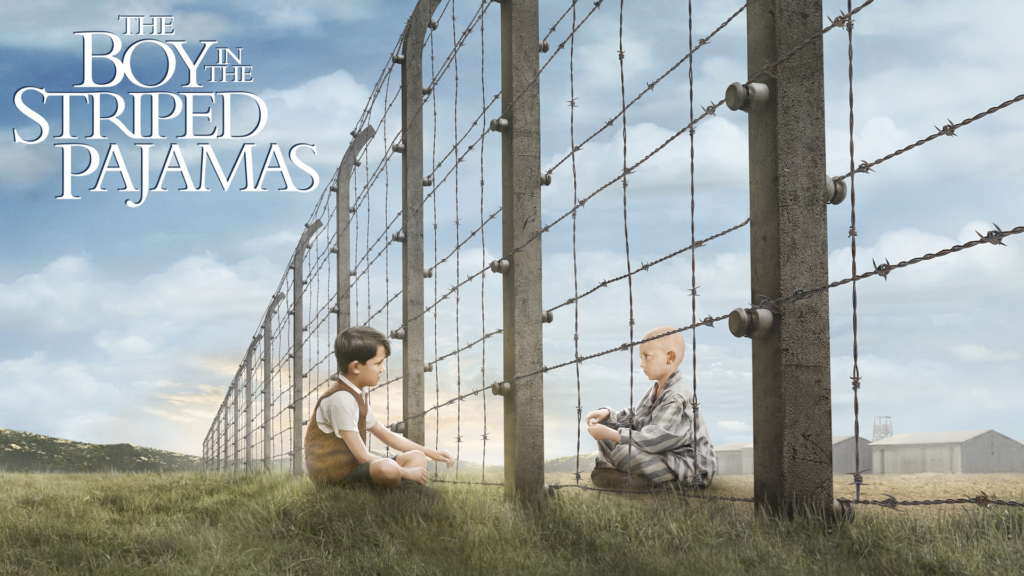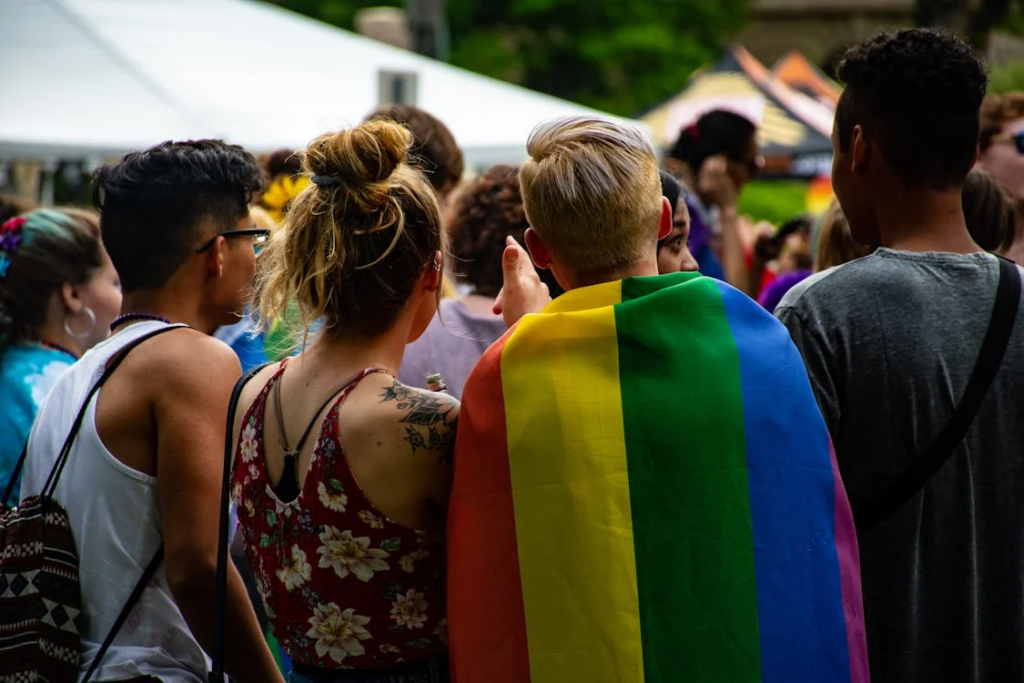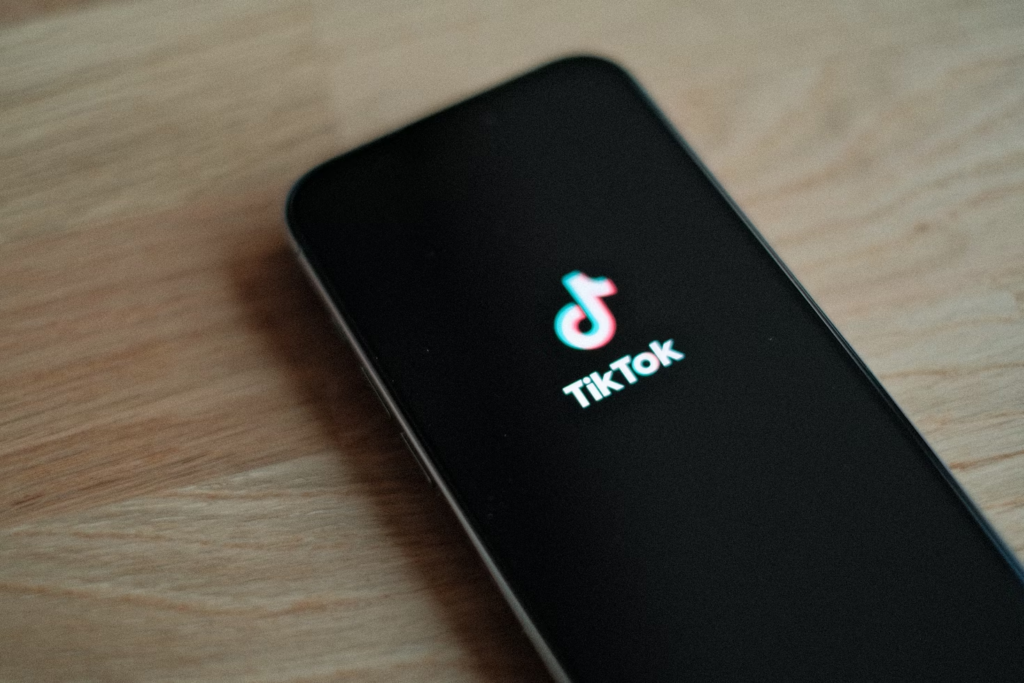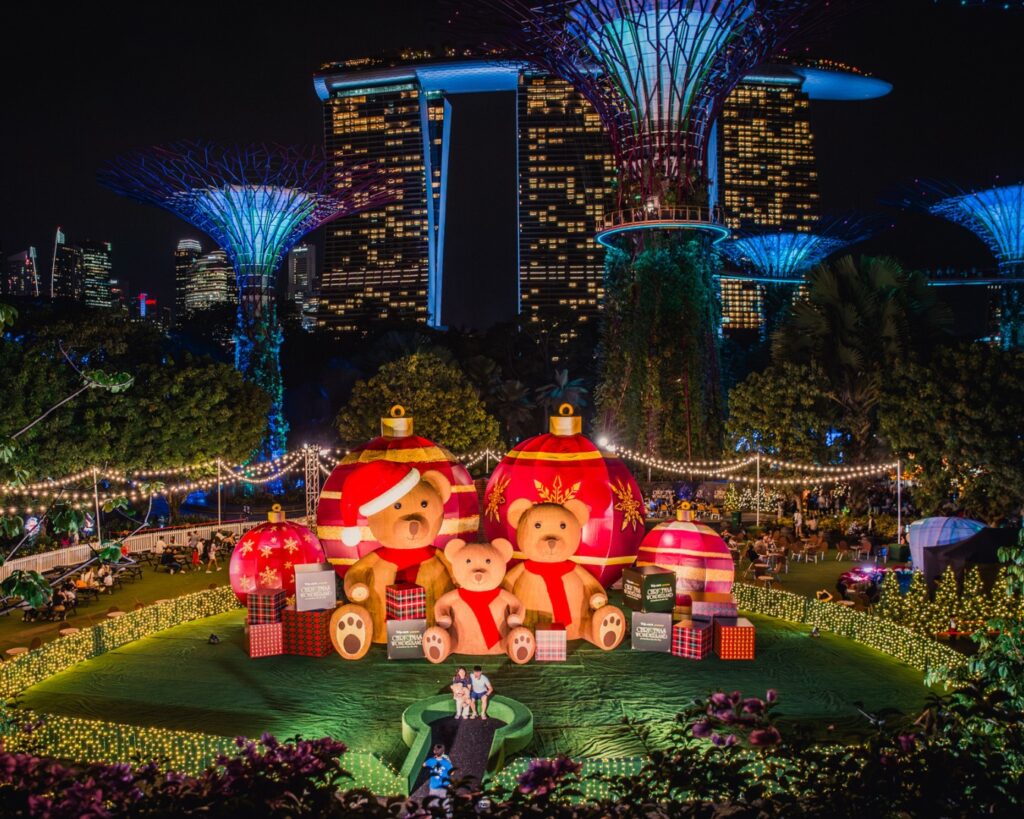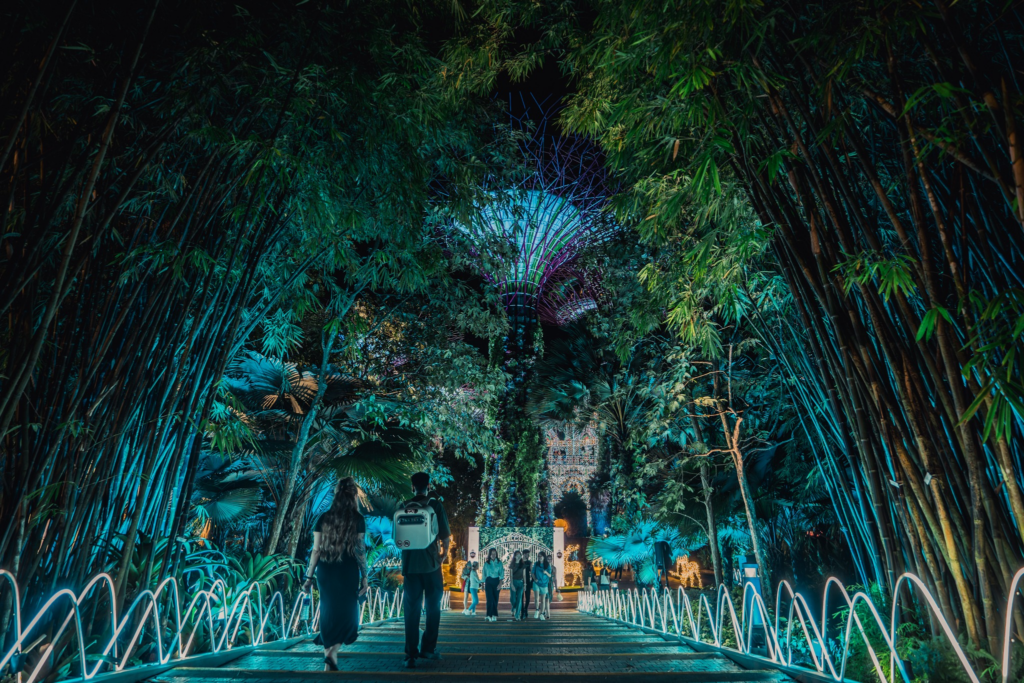“When education is woven into the same feed that entertains, kids begin to see curiosity not as a chore, but as part of everyday life.”

TikTok has become one of the most popular social media platforms among kids today, often known for its endless stream of funny clips, dance trends, and quick entertainment. But beyond that, there’s also a growing world of educational content that makes learning feel fresh and approachable. Creators across math, history, art, biology, science, and English are using short videos to explain big ideas, share tips, and spark curiosity in ways that feel natural to kids who already spend time scrolling.
For some children, watching these videos can actually make tricky subjects easier to understand, offering bite-sized lessons that stick better than a long lecture. For others, it’s simply an enjoyable way to pick up new knowledge in their free time or during a quick break. No matter how your child approaches it, these educational TikToks blend fun with learning, helping kids see that gaining knowledge can fit right into their everyday routines.
1. @discovery

You’re probably already familiar with this account, which has gathered over 7 million followers by turning science and nature into quick, fascinating lessons. It acts like a pocket-sized encyclopedia where kids can discover everything from surprising animal behaviors to groundbreaking advances in technology, all presented in a way that’s both informative and entertaining.
2. @instituteofhumananatomy

@instituteofhumananatomy makes learning about the human body both fascinating and approachable, breaking down complex topics into fun, easy-to-follow videos. The creators dive deep into the different body systems, offering clear explanations and detailed insights that bring anatomy to life. For kids who are curious about how their bodies work, or for students starting to explore biology or medicine, this account can be a truly valuable resource that sparks curiosity and builds knowledge in an engaging way.
3. @birdoftheweek

This TikTok account is run by Tom, an elementary school teacher and avid birder in Oregon who shares his love of wildlife in a fun and educational way. Each week he introduces a new bird, highlighting its unique traits, habitat, and behavior, while showing photos and footage that bring each species to life. Kids can meet fascinating creatures like the green heron, northern harrier, downy woodpecker, mandarin duck, and plenty more, making this account a great way to spark curiosity about the birds in their own neighborhood while also learning about species around the world.
4. @annelisethearchaeologist

Archaeologist Annelise Baer brings history to life with short videos that explore fascinating mysteries of the past. Kids and teens can discover unusual objects, learn why Cleopatra’s burial site still puzzles researchers, compare what’s known about Alexander the Great, or even hear about the people who returned to Pompeii after the eruption. Her content is both captivating and educational, making it a great pick for high school students who are curious about ancient civilizations and the stories they continue to reveal.
5. @jayprehistoricpets

Jay Brewer, founder of The Reptile Zoo in Fountain Valley, California, brings reptile education to life with daily posts that showcase incredible exotic animals. Kids can watch snakes and turtles hatch, discover unusual lizards, and encounter species they may never have seen before. Alongside the excitement of meeting these creatures, the videos also highlight why protecting wildlife and their habitats matters, making his content both fun and educational for young animal enthusiasts.
6. @chemteacherphil

This creator shares eye-catching experiments that make chemistry exciting while breaking down tricky concepts with a touch of humor. Kids can watch black fire appear with table salt, see what happens when burning magnesium meets dry ice, or marvel as spinach turns white and then red. His videos have attracted 3.8 million followers by showing how fun and approachable science can be, and the person behind them all is high school chemistry teacher Phillip Cook.
7. @iamshaneburke

Kids who love being creative can learn how to draw with Shane Burke, who shares clear and simple tutorials that make art feel approachable. His videos walk through different subjects step by step, giving beginners an easy way to practice their skills while building confidence along the way. It’s a fun introduction to drawing that encourages kids to explore their artistic side.
8. @theblackfoodscientist

Food scientist Brittany Towers makes science bite-sized and fun with her “Food Science in Sixty Seconds” videos. She answers all those random questions kids (and parents) might have, like whether you really need to wash prepackaged salad, the truth about cheese and health, or how to whip up DIY ice cream without a machine. Her quick, clever explanations turn everyday foods into fascinating lessons that spark curiosity around the kitchen and beyond.
9. @englishunderstood
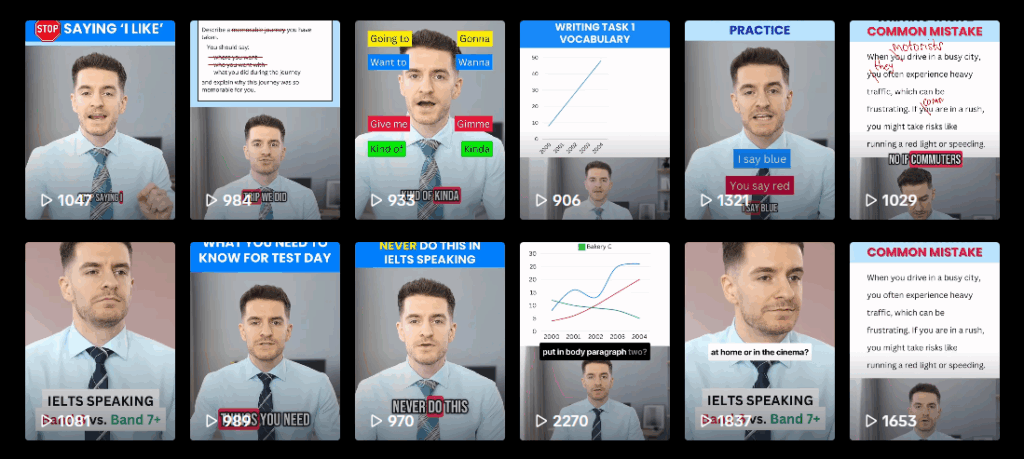
An IELTS expert shares tips and strategies that help students aim for a Band 7+ while making English feel more approachable. The videos focus on practical conversations and clear pronunciation, giving kids and teens useful tools they can apply right away. With plenty of guidance tailored to IELTS Speaking practice, the content is especially helpful for those preparing to use English confidently in both exams and everyday life.
10. @hashem.alghaili
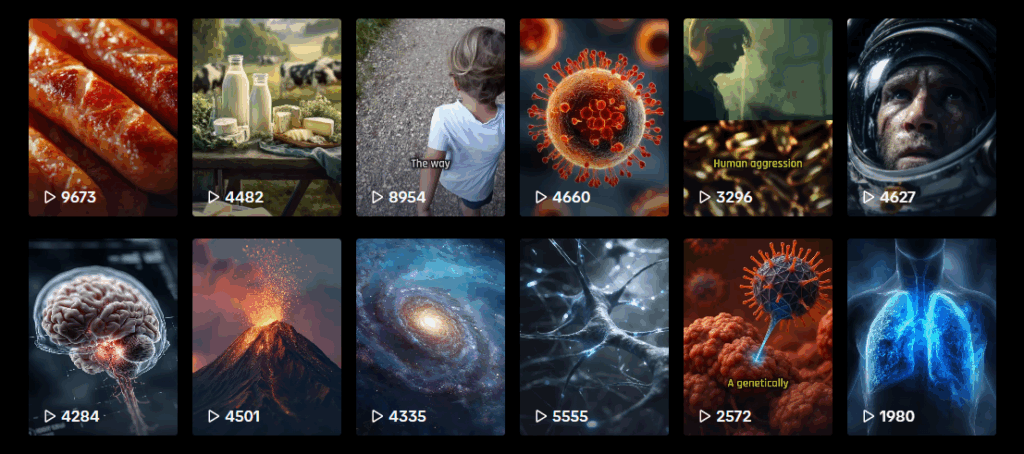
This science and tech creator sparks curiosity with videos that answer some of the most fascinating questions about our world and beyond. Kids can learn why ballerinas don’t get dizzy, what really happens inside a black hole, how deep the Titanic wreck lies, or even imagine what Earth would look like with rings like Saturn. He also explores surprising topics like disappearing wisdom teeth and the intelligence of octopuses. Already well known on YouTube and Instagram, he brings that same love of discovery to TikTok with content that keeps curious minds hooked.
11. @ludus

Do your kids hate math? This creator sets out to change that with quick tricks and hacks that make numbers a lot less scary. Kids can learn how to multiply complex numbers, use diagonal methods to solve problems, and even practice multiplying in their heads with ease. By tackling the biggest challenges students often face in math, the videos turn tough concepts like algebra into simple, manageable steps that build confidence along the way.
12. @idea.soup

Michael McBride shares quick lessons that make big ideas in history and science easier to understand while sparking curiosity along the way. Kids can explore questions like what a leap second actually is, why people often misunderstand earthquakes, or whether dandelions are waterproof. They’ll also come across fascinating stories such as the mystery behind Australia’s name and even how much an Olympic gold medal is really worth. His videos mix fun facts with clear explanations, making learning feel fresh and exciting.
13. @astro_alexandra

This space-focused account dives into the wonders of astronomy and science with content that makes the universe feel both mysterious and exciting. Kids can explore mind-bending ideas like rogue planets drifting with their moons, strange rock formations spotted on Mars, or the lost photos of Mercury. There are also fascinating looks at Jupiter’s must-see features and even wild theories like the Devon Island conspiracy, which compares a remote spot on Earth to Mars. It’s a fun way to spark curiosity about what lies beyond our planet.
14. @artbyjoudy

An architecture student shares creative tutorials that make drawing more approachable, even for beginners. Her videos cover everything from sketching realistic eyes to capturing detailed landscape buildings, giving kids simple steps to follow as they build their artistic skills. For those who want to dive deeper, she also offers longer, more detailed tutorials on her YouTube channel.
15. @thephysicsgirl

Dianna Cowern, an MIT-trained physicist, makes science exciting with videos that mix fun experiments, surprising facts, and even life hacks grounded in physics. Her content often features “impossible” tricks that spark curiosity while showing the science behind how they work. By blending creativity with clear explanations, she makes complex ideas feel approachable and inspires kids to see the world through a scientific lens.
16. @speakenglishwithmish

Mish makes learning English feel approachable with short lessons that cover everyday conversations, idioms, and pronunciation. Kids can pick up tips on how to be polite in English, practice common phrases, and build confidence in speaking naturally. The friendly teaching style helps learners feel more comfortable using English in real-life situations while making the process enjoyable and easy to follow.
17. @historical_han_

This creator blends archaeology, art, and history into fascinating stories that bring the past to life. Her videos dive into topics like why Lady Jane Grey deserves more recognition, the depth of Roman history, and how traditions such as hair oiling or wearing blush have been around for thousands of years. She also takes viewers along as she spends days exploring castles, abbeys, and ancient ruins, offering a glimpse into the places where history still lingers today.
18. @roxythezoologist

A wildlife filmmaker shares breathtaking moments from the natural world, capturing everything from a jaguar hunting a capybara to the powerful wild cats of Africa. She also posts mini trip vlogs, like a night safari in Sri Lanka, that give viewers a chance to experience the thrill of exploring nature up close. Her content inspires curiosity about animals and their habitats while showing just how incredible the wild can be.
19. @mathswithmisschang

A math teacher based in London makes tackling numbers a lot easier by sharing simple tricks and straightforward explanations for common problems. Her videos break concepts down into manageable steps, helping students gain confidence while showing that math doesn’t have to feel overwhelming.
20. @encyclopaediabritannica

Encyclopedia Britannica brings its huge collection of knowledge to TikTok, offering students quick and reliable answers to all sorts of questions. Curious minds can learn how a pope is elected, why food tastes different after brushing their teeth, or even how the “mind’s eye” can vary from person to person. The short videos make big ideas easier to grasp, turning everyday curiosity into moments of learning.





























